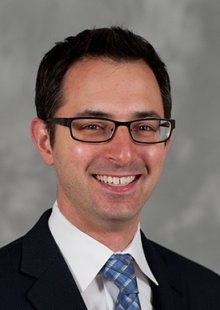
ABOUT
The Filler Lab specializes in the synthesis, understanding, and deployment of nanoscale materials to enable new electronic, photonic, and energy technologies. Much of their work focuses on overcoming the challenges that stand in the way of the widespread use of semiconductor nanowires. Central to the promise of these materials is the ability to program crystal structure, alloy composition, dopant profile, and/or heterostructure along the nanowire's length. This unique feature is enabled by the so-called vapor-liquid-solid mechanism and allows individual nanowires to function as complete devices (e.g., transistors, light emitting diodes, solar cells).
Nanowire synthesis: The inability to synthesize many desired, and even simple, nanowire structures demonstrates that the mechanistic understanding of growth is far from complete. The Filler Lab combines in situ infrared spectroscopy with electron microscopy to connect the specific, short-lived chemical bonds present during growth with nanowire crystal structure and physical properties. Their studies are providing an atomic-level chemical framework with which to understand nanowire growth and a priori tune the relative rates of important, structure-directing surface reactions.
Nanowire structure engineering: The Filler Lab is designing syntheses that endow nanowires with a structural precision and functional diversity superior to the state-of-the-art. A suite of custom precursors permits the engineering of nanowire crystal structure, heterostructure, diameter, dopant profile, and more.
Nanowire plasmonics: The Filler Lab is encoding plasmonic function in semiconductor nanowires as a route to confine and focus infrared light at the nanoscale. They synthesize and characterize plasmonic nanowires as well as explore their potential as narrowband infrared light sources, thermal waveguides, and ultrasensitive spectrometers.
Nanowire scale-up: Future technologies will require large quantities -- kilograms rather than milligrams -- of nanowires to build materials and devices. The Filler Lab, in collaboration with Profs. Breedveld and Behrens, is developing new methodologies to scale nanowire production without sacrificing structural fidelity or destroying function.
EDUCATION & AWARDS
- B.S. 2000, Cornell University
- M.S. 2003, Stanford University
- Ph.D. 2006, Stanford University
RESEARCH INTERESTS
- Nanoscale materials for electronics, photonics, and energy
- Scalable nanomanufacturing
- Infrared nanophotonics
- Nanoscale thermal transport